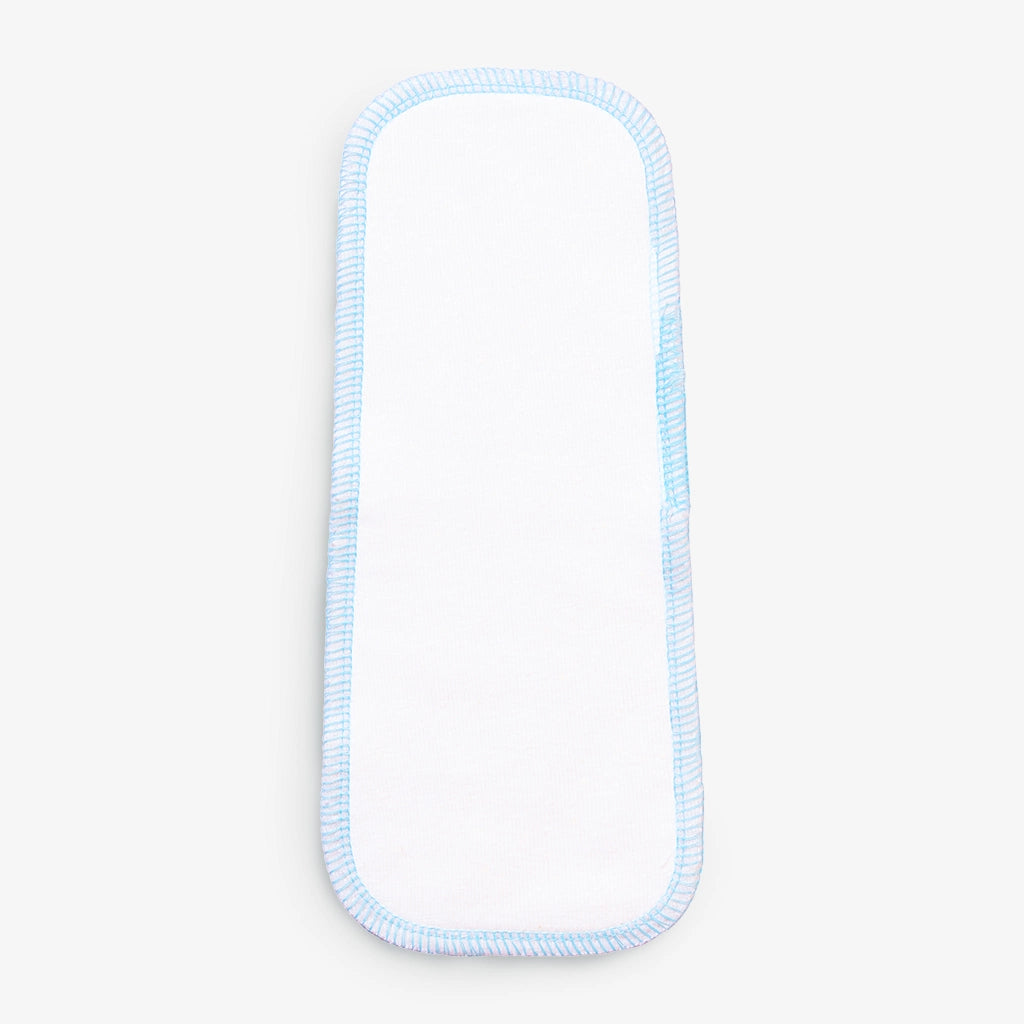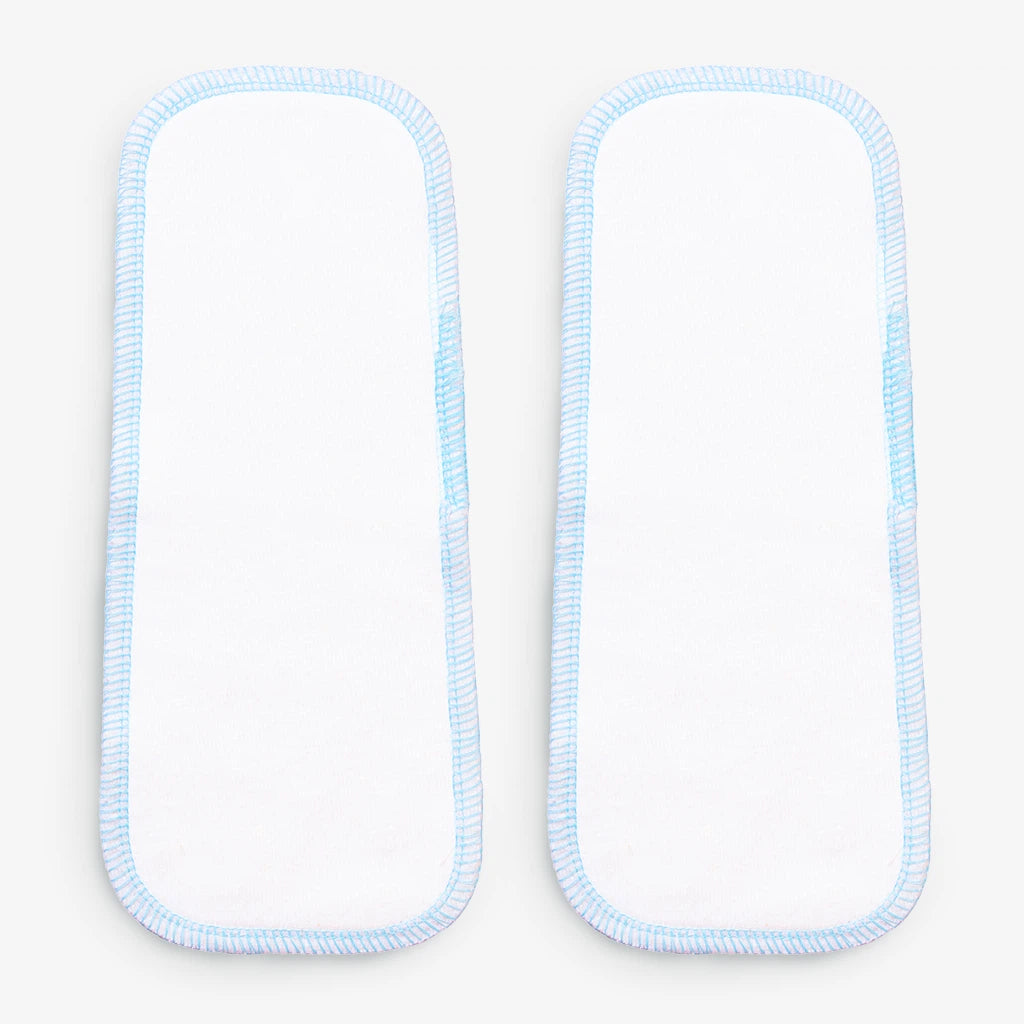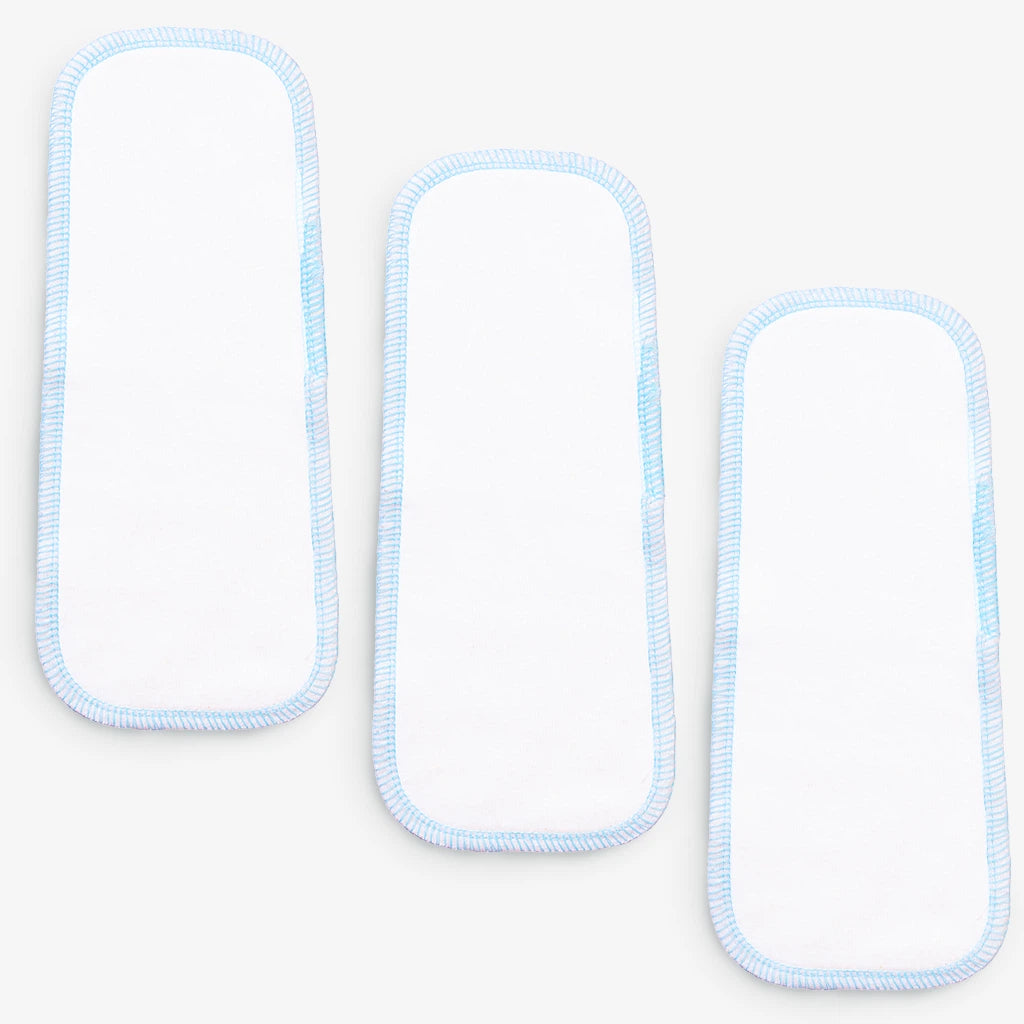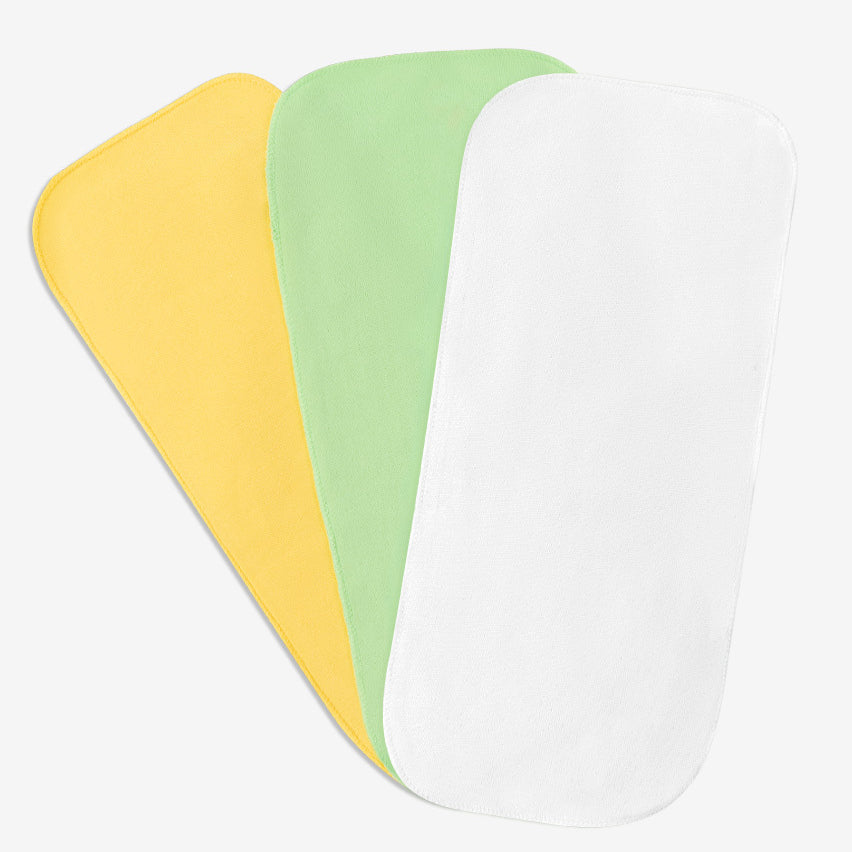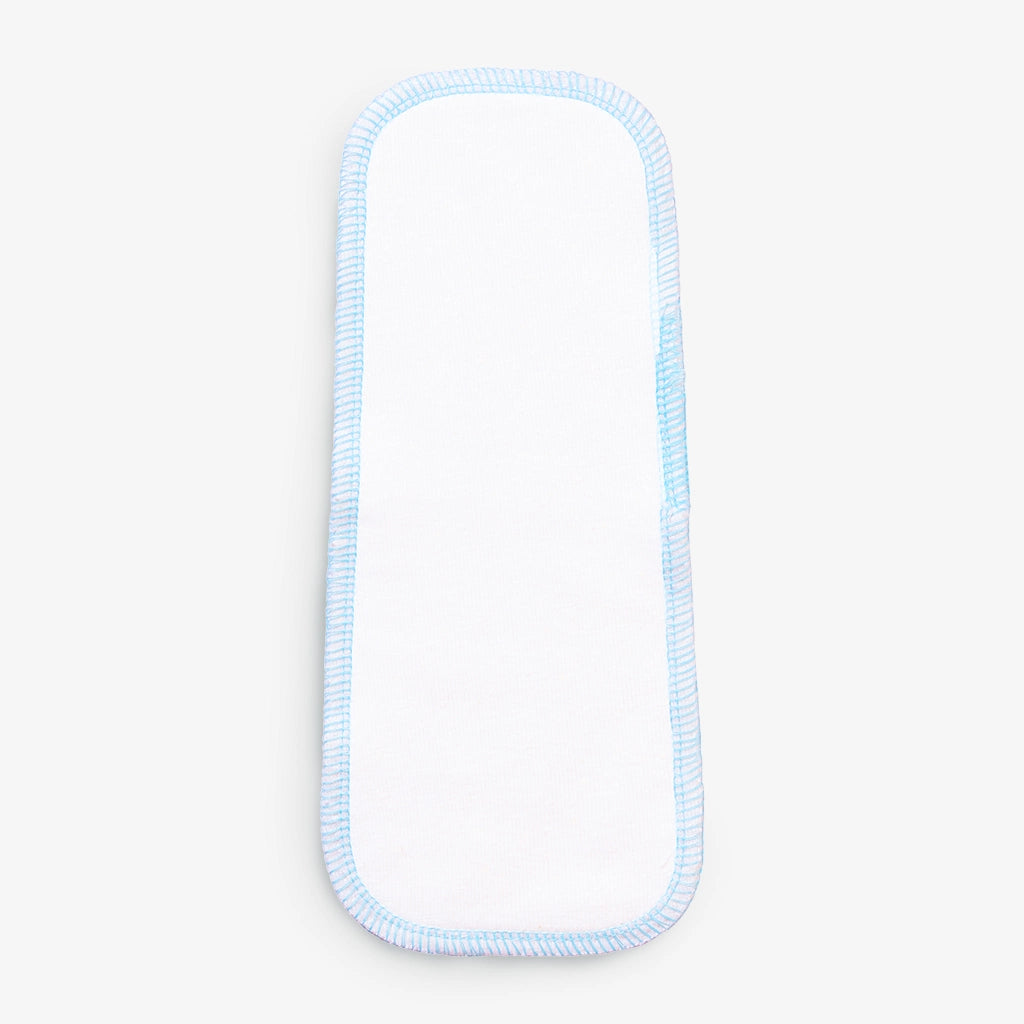About Dr. Rishwana Fathima (Author)

This article is contributed by SuperBottoms Prenatal expert Dr. Rishwana Fathima. She is a pelvic floor physiotherapist who empowers women by educating them about their pelvic floor prenatally and postnatally. Her work in prenatal includes strength training, reversing the breech presentation, pelvic floor physiotherapy for rib pain, pelvic pain in pregnancy, Pain management in pregnancy, etc. Her work in postnatal includes pelvic floor physiotherapy for urine leaks, prolapse, and sexual health like vaginismus and vulvodynia. She also specialises in diasporic recti rehabilitation and is certified by APTA (American Physiotherapy Association). She helps new moms with their mommy tummy. The advantage of pelvic floor physiotherapy is unlike other specialisations, it can done effectively online. And so she offers online treatment sessions with successful results.
- Introduction
- What is The Pelvic Floor?
- Functions of Pelvic Floor
- Why Do Problems Occur in The Pelvic Floor?
- Symptoms
- 5 Signs of Weak Pelvic Floor
- 5 Signs of Tight Pelvic Floor
- Train Your Pelvic Floor
- How To Find Your Pelvic Floor Muscles
- Key Takeaways
- FAQs
- Message from SuperBottoms
Have you ever considered a marathon and the training required to perform well on race day?
Pregnancy is just like that. Many people assume the marathon ends with childbirth, but in reality, delivery is just the starting line. Pregnancy is a “trial run”. The real challenge begins postpartum, and why should the pelvic floor be a priority? Because it undergoes immense trauma during childbirth. It supports the baby's weight for months, then stretches over three times its normal length during delivery. Grab a 4-inch rubber band and see what happens when you stretch it 12 times to get an idea of the level of stretch the pelvic floor is undergoing.
In a world of normal delivery, people often find postpartum as an unspoken topic, and if it comes to the pelvic floor, nothing is surprising other than “Normalization.”
- Having leaks in coughs and sneezes?
- Having pressure in your private area?
- Having frequent bathroom visits?
- Having lower back pain?
- Having pubic pain?
- Having tailbone pain?
- Having pelvic girdle pain?
There will always be a random family member who says everything is “normal” after the baby is delivered. But that's not the case. All of these symptoms mentioned above are signs that your pelvic floor tells you that it is not the same any more, its function is deteriorating, its ability is becoming feeble and any time, it can cause you a terrible, serious pelvic floor condition.
What is The Pelvic Floor?
Pelvic floor muscles form the base of the group of muscles commonly called the ‘core’. These muscles in the base form a hammock-like structure, extending from the pubic bone in the front to the coccyx (tailbone) at the back and spanning two sit bones from side to side.
The pelvic floor muscles form the base of the group of muscles commonly called the ‘core’. These muscles work in conjunction with the deep abdominal (tummy) and back muscles, as well as the diaphragm (the breathing muscle), to support the spine and regulate the pressure inside the abdomen.
Functions of Pelvic Floor
- A woman's pelvic floor muscles support the bladder, bowel and uterus. The urethra (urine tube), anus (back passage) and vagina all pass through the pelvic floor muscles.
- Pelvic floor muscles are very important to regulate the normal bladder and bowel function
- Pelvic floor muscles are also important for sexual function of both men and women
- Pelvic floor muscles also provide support for the baby during pregnancy and need to be relaxed in childbirth
Why Do Problems Occur on The Pelvic Floor?
Pelvic floor muscles can be weak, overstretched, too tight or even torn, just like other muscles in the body.
The leading causes of pelvic floor symptoms are:
- Childbirth
- Heavy or repeated weight lifting with a weak pelvic floor
- High-impact exercises
- Being overweight
- Menopause etc.,
Symptoms
You may have one or more of the following symptoms
- Urine Leaks during your cough, sneezing, laughing, lifting weights
- Feces Leaks with activity to urge
- Sudden need to rush to the bathroom, which may include leakage
- Going to the bathroom so often (frequency)
- Frequent nighttime urination (nocturia)
- Pain in your pubic area
- Feeling of something coming down or heaviness (Pelvic organ prolapse)
5 Signs of Weak Pelvic Floor
- Feeling less aroused during sex
- Your bladder leaks little or more
- You will feel like something is falling out of your vagina
- Lower back pain, hip or pelvic pain
- Holding gas or poop will be difficult
5 signs of Tight Pelvic Floor
- Frequent bathroom visits to pee
- Symptoms of UTI-but urine cultures are normal
- Suffer from constipation
- Sexual intimacy hurts
- Tailbone pain
Train Your Pelvic Floor
Now, only through assessment can it be revealed whether you have tight or weak pelvic floor muscles. Having incontinence is not only because of weak muscles; it can also be because of tight muscles, which restricts normal bladder function.
Visiting a pelvic health physio is often the best option for addressing pelvic health concerns, but here are some basic tips for strengthening your pelvic floor.
To do pelvic floor exercises, you have to
➤ Find your pelvic floor muscles
➤ Perform squeeze
➤ Perform release
How To Find Your Pelvic Floor Muscles
- Sit or lie down and imagine trying to stop urination and pass wind at the same time.
- Place your finger underneath and repeat the same
- Feel the muscle move upwards and forwards from the back passage towards the bladder
|
Limited Time Offers + Special Gift Sets! Now or never Super SALE is live on the SuperBottoms website! Take advantage of unbeatable value deals on our UNO Cloth Diapers, Baby Essentials, and more. Looking for the perfect present for a newborn or a toddler? Explore our thoughtfully curated Gift Sets & Combos — safe, skin-friendly, and oh-so-cute! A bundle of love for little ones and a delight for parents. HURRY — Deals and Gift Packs are live only till stocks last. Don’t miss the chance to stock up and share the joy! |
PERFORM SQUEEZE:
- Tighten the pelvic floor muscles, hold them tight, and then release
- For short squeezes, quickly tighten the pelvic floor muscles and relax
PERFORM RELEASE:
- Always ensure that you completely relax and lengthen the pelvic floor after and before contracting
- Pain pelvic floor symptoms like pelvic pain, pubic pain, constipation, vaginismus, etc., need pelvic release and relaxation other than contraction/squeeze
To conclude, recovering from childbirth isn’t just about healing, but it’s about rebuilding strength. A structured approach to postpartum pelvic floor exercise can make all the difference in preventing future dysfunctions.
Postpartum pelvic health is essential for long-term well-being. Prioritising pelvic floor exercises for postpartum recovery will help you regain control, reduce discomfort, and improve your quality of life.
Key Takeaways
- Visit a pelvic floor physiotherapist during pregnancy and postpartum.
- Address symptoms early to prevent long-term issues.
- Engage in postpartum exercises focused on pelvic recovery.
- Include exercises to strengthen the pelvic floor in your postpartum recovery plan.
- Follow specific guided routines from your pelvic floor physiotherapist for pelvic girdle pain postpartum exercise and pelvic joint pain postpartum relief.
- Do the pelvic floor exercise 10 repetitions, 2-3 times for 2 times a day
FAQs
Q1. Can I do pelvic floor exercises without visiting a pelvic floor physiotherapist?
Ans - No, it's not recommended. Pelvic floor muscles are crucial but challenging to locate and activate correctly. Without proper guidance, you may perform the exercises incorrectly, resulting in ineffective results or even worsening of symptoms. A pelvic floor physiotherapist can assess your condition, provide a personalised treatment plan, and guide you through the correct techniques.
Q2. After delivery, when should I start pelvic floor physiotherapy exercises?
Ans - You can typically start around 8 weeks postpartum, as this allows time for initial healing. However, if you feel weak or not ready, you can delay it up to 16 weeks. Always consult a healthcare professional to determine the best time based on your recovery.
Q3. How often should I perform pelvic floor exercises?
Ans - The frequency depends on your specific condition and treatment plan. Generally, pelvic floor exercises should be done three times a day for 6 to 12 weeks to see noticeable improvement. However, consistency and proper technique matter more than just repetition.
Q4. How long will it take to know if my pelvic floor exercises are working?
Ans - The time required depends on the initial strength of your pelvic floor muscles. Research suggests that most women need to commit to daily exercises for 6–12 weeks to notice significant improvement. After this period, continuing the exercises regularly, albeit less frequently, helps maintain muscle strength.
Q5. Can I expect to achieve results quickly?
Ans - If your pelvic floor muscles are already relatively strong and you’re simply looking to enhance muscle power, you may see results faster. However, consistency is key for long-term benefits.
Q6. What should I do if I don't see improvement?
Ans -If you've been following a structured exercise program for 12 weeks without noticeable progress, it's essential to consult a pelvic floor physiotherapist. They can assess whether adjustments are needed or if other underlying issues require attention.
Message from SuperBottoms
Hi there, new parents! SuperBottoms brings you doctor-recommended cloth diapers — the best rash-free diapering solution for your baby’s sensitive and delicate skin. Unlike disposable diapers loaded with chemicals, our newborn cloth diapers, when used and washed properly, can help eliminate the risk of diaper rashes. SuperBottoms offers a wide range of safe, skin-friendly essentials for the whole family — including Reusable Cloth Diapers, Diaper Pants, DryFeel langots for diaper-free time, Padded Underwear for potty training, SuperSoft Underwear for everyday comfort, Joggers for playful days, and Period Underwear for women. Not just for everyday use, SuperBottoms products also make the best gifting choice for babies — thoughtful, eco-friendly, practical, and loved by parents. Now available on Amazon, Myntra, Flipkart, FirstCry, Zepto, Swiggy and Blinkit








































































































